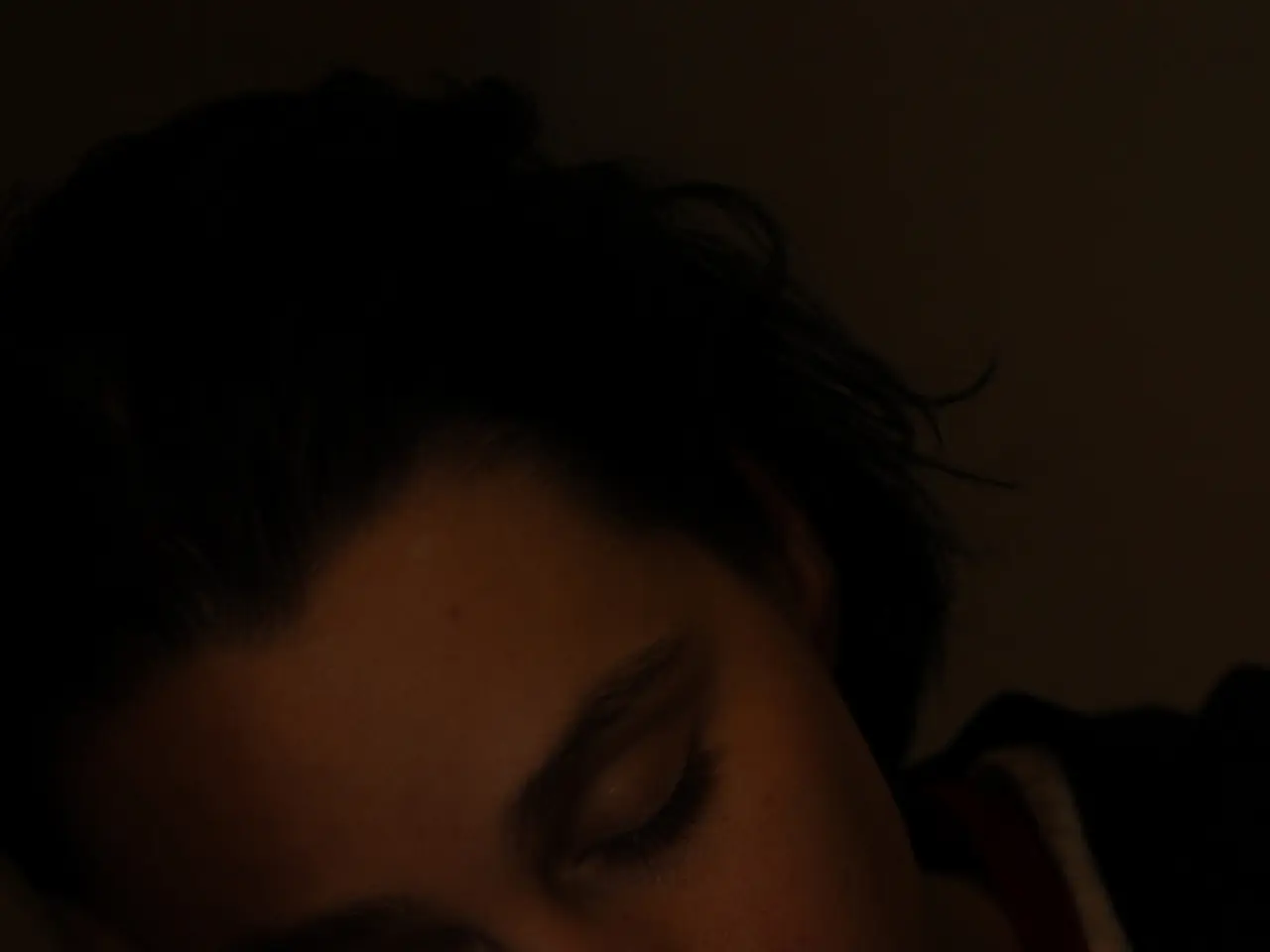Exploring the Creative Potential of Dream Manipulation
In the realm of sleep, a fascinating phenomenon known as lucid dreaming is capturing the curiosity of many. This unique state, nestled between sleep and consciousness, offers an opportunity to take charge and explore the dreamscape at will.
Lucid dreaming is not just a whimsical flight of fancy; it's a powerful tool that can help us understand our minds better and tap into insights hidden within our subconscious. Amanda Wilks, a renowned authority on the subject, delves into this intriguing topic in her comprehensive article.
Everyone has the potential to experience lucid dreams, though few can trigger them intentionally. To aid this pursuit, various techniques have been developed. One such method is the Mnemonic Induction of Lucid Dreams (MILD), which involves setting a strong intention before sleep by repeating affirmations such as "I will realize I'm dreaming" and visualizing becoming lucid in a dream.
Another technique is the Wake Back to Bed (WBTB) method, which involves setting an alarm to wake up after about 4-6 hours of sleep (during REM sleep), staying awake for 20-30 minutes with calm activities like reading about lucid dreaming, then returning to sleep with the intention to become lucid. This technique leverages the natural REM cycles to increase lucidity chances.
Senses Initiated Lucid Dream (SSILD) is another technique that involves alternately focusing on your senses of vision, hearing, and touch while falling asleep to promote lucid dreaming. Reality Testing (RT) during the day, by regularly questioning whether you are dreaming by checking your environment or testing physical reality, can carry over into dreams, triggering lucidity.
Keeping a dream journal can also be beneficial. Writing down dreams immediately upon waking can improve dream recall and awareness, which facilitates lucid dreaming. Learning to control lucid dreams can help you understand your mind's inner workings and reach new levels of self-awareness.
In addition, there are lucid dream induction devices available, which detect REM sleep stages and deliver subtle stimuli (lights, sounds, or scents) to cue lucidity without fully waking the sleeper.
Combining techniques, especially MILD and WBTB, can improve effectiveness. However, methods like WBTB involve sleep interruption, which may disrupt overall sleep quality and should be balanced with sufficient total sleep time for health.
Lucid dreaming holds great power and insights that should not be wasted. Keeping a dream diary can help spot recurrent patterns, symbols, and record lucid dreaming experiences. Focusing inner vision on the Third Eye or Crown Chakra can help the mind stay anchored in consciousness during dreams.
The Visualizing Your Chakras method uses the spiritual power of the Third Eye and Crown Chakra to attain consciousness during dreams. Learning to control lucid dreams can open up a world of boundless possibilities, allowing you to explore, interact, and shape a world that is limited only by your imagination.
In conclusion, lucid dreaming is more than just a dream; it's a journey into the depths of your subconscious, a chance to gain insights, and a means to understand yourself better. So, why not take the plunge and embark on this extraordinary adventure tonight?
[1] Ursula Voss, Lucid Dreaming: How to Consciously Control Your Dreams, 2013. [2] Stephen LaBerge, Exploring the World of Lucid Dreaming, 2000. [3] Robert Waggoner, Lucid Dreaming: Gateway to the Inner Self, 2009. [4] Jayne Gackenbach, Lucid Dreaming: Dawning of the Clear Light, 2013.
- Lucid dreaming, a state between sleep and consciousness, can help us better understand our minds and tap into hidden subconscious insights.
- To trigger lucid dreams, various techniques have been developed, such as the Mnemonic Induction of Lucid Dreams (MILD), Wake Back to Bed (WBTB), Senses Initiated Lucid Dream (SSILD), Reality Testing (RT), and maintaining a dream journal.
- Lucid dream induction devices are also available, detecting REM sleep stages and delivering subtle stimuli to cue lucidity without waking the sleeper.
- Effectiveness can be improved by combining techniques, like MILD and WBTB, though methods like WBTB should be balanced with sufficient total sleep time for health.
- Keeping a dream diary can help spot recurrent patterns, symbols, and record lucid dreaming experiences, possibly opening up a world of boundless possibilities.
- The Visualizing Your Chakras method uses the spiritual power of the Third Eye and Crown Chakra to attain consciousness during dreams.
- Lucid dreaming can be a powerful, life-changing experience that offers insights, self-awareness, and exploration beyond the physical world, making it worthwhile for personal growth, mindfulness, and self-development.




